Anthony Blunt, royal art curator, spy and . . .
The extraordinary case of Anthony Blunt, Knight of the Realm, Keeper of the Queen's Pictures, pillar of the British Establishment and a never prosecuted Soviet spy. How did he do it?
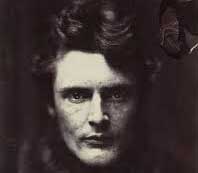
Blunt and the wicked uncle
Anthony Blunt was born in September 1907 in Bournemouth, Dorset, the third and youngest son of a vicar, the Revd (Arthur) Stanley Vaughan Blunt, and his wife, Hilda Violet, daughter of Henry Masters of the Madras civil service.
Both were said to be conservative in their social and religious attitudes. However they named their first child Wilfred after his uncle Wilfred Scawen Blunt who had a scandalous reputation in Victorian times. He married the daughter of Lord Byron, had a string of mistresses including Winston Churchill's mother-in-law, and eloped with one of the most notorious courtesans in Paris. He was an atheist, vehemently anti-imperialist and one of his most famous poems was called Satan Absolved. Hardly the ideal role model for the son of a clergyman.
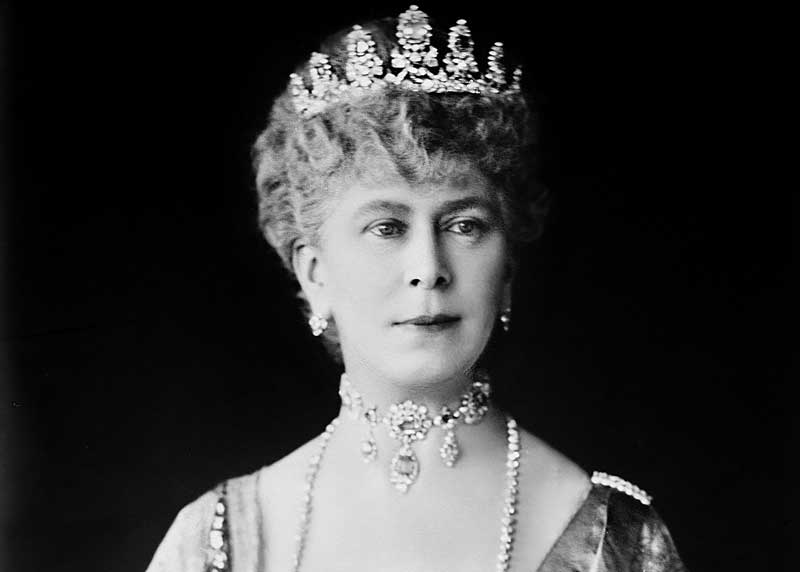
The Royal connection
Blunt's mother Hilda Masters and Princess Mary of Teck, the future Queen Mary, wife of George V, were childhood friends and the friendship continued throughout their life. Mary used to give Hilda some of her dresses when she had finished wearing them.
His father's appointment as chaplain to the British Embassy in Paris was also unusual. It was very much a plum post, normally given to a bishop. The Blunts were bought an enormous house in the centre of Paris with a ballroom big enough for 500 people and were given £1000 to redecorate it, a massive sum. All in all a big step up for an obscure clergyman.
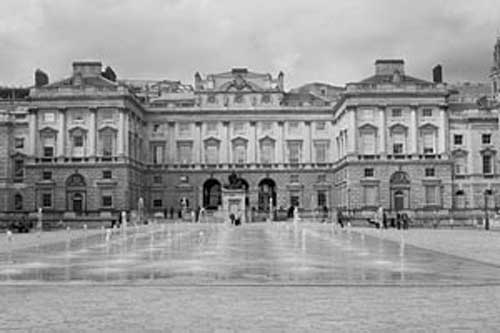
Historian and spy
Blunt studied at Cambridge University where he first met the other members of what was to become the Cambridge spy ring -- Guy Burgess, Donald Maclean and Kim Philby. He was recruited as an agent by Burgess and joined MI5 in1940, reportedly passing on secret material to the Soviet Union.
He rapidly developed a reputation as an art historian and In 1945, he was given the distinguished position of Surveyor of the King's Pictures, and later the Queen’s Pictures (after the death of King George VI in 1952), in charge of the Royal Collection, one of the largest and richest collections of art in the world. He was knighted in 1956 and held the position until 1979.
In 1947, Blunt became both Professor of the History of Art at the University of London, and the director of the Courtauld Institute of Art. He published a number of highly regarded books and monographs on painting and architecture and was a world renowned authority on the painter Nicholas Poussin. He died in March 1983.
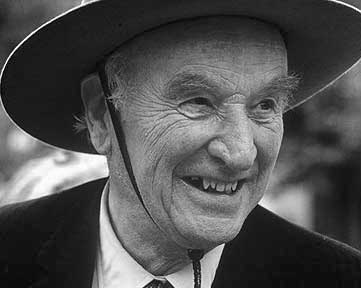
The secret confession
Blunt was unmasked in 1964 by an American, Michael Straight, another of the Cambridge spy ring, who confessed to the FBI. Faced with Straight's testimony, Blunt confessed to MI5 but was given full immunity from prosecution. His confession remained an Official Secret for 15 years until it was finally revealed by Margaret Thatcher in 1979, following the publication of a book Climate of Treason by Andrew Boyle that all but named Blunt.
He was interrogated by Peter Wright. In his book Spycatcher Wright wrote:
Before I began meeting Blunt I had to attend a briefing by Michael Adeane, the Queen's private Secretary. We met at the Palace. "The Queen," he said, "has been fully informed about Sir Anthony, and is quite content for him to be dealt with in any way which gets at the truth." There was only one caveat.
"From time to time," said Adeane, you may find Blunt referring to an assignment he undertook on behalf of the Palace—a visit to Germany at the end of the war. Please do not pursue this matter. Strictly speaking, it is not relevant to considerations of national security."
Wright commented that, 'Although I spent hundreds of hours with Blunt I never did learn the secret of his mission to Germany. But then the Palace has had several centuries to learn the difficult art of scandal burying. MI5 have only been in the business since 1909.'
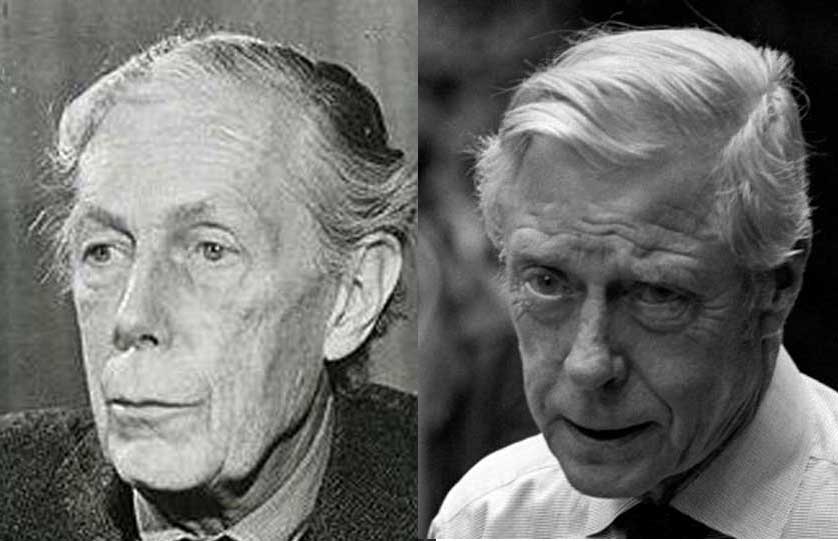
Father and son?
The reasons why Blunt was never prosecuted after his confession or even suffered any loss of position or prestige have never been properly explained. Ostensibly he was given immunity for a full confession but that contrasts oddly with the fate of others. Lower class spies like John Vassall and George Blake were prosecuted after confessing. Blake got 42 years. Even the upper class Philby, who never confessed and was merely under suspicion, was made to leave MI5 and took a job as a reporter in Beirut. The situation is all the more curious because his position meant that he was in regular contact with the Queen who was fully aware of his actions. Why, at the very least, was he not quietly moved to a less sensitive position?
There were persistent rumours that Blunt led his seemingly charmed life after his confession because he was the illegitimate son of George V and that any prosecution might have brought the fact to light. Given the close connections between the families before George became king it was possible. There is too the striking resemblance between Blunt and some of George's children, particularly his eldest son who became Edward VIII and subsequently Duke of Windsor after his abdication. Edward is seen here, right, with Blunt, left.
Was Adeane's request to Wright not to press Blunt on details of his trip to Germany on behalf of the Palace a sign that they feared a fragile Blunt might reveal something embarrassing? Why indeed was a mere art historian chosen for such a sensitive mission? Was he assured that he could retain all his positions even after confessing his spying as long as he kept any royal connection secret?
